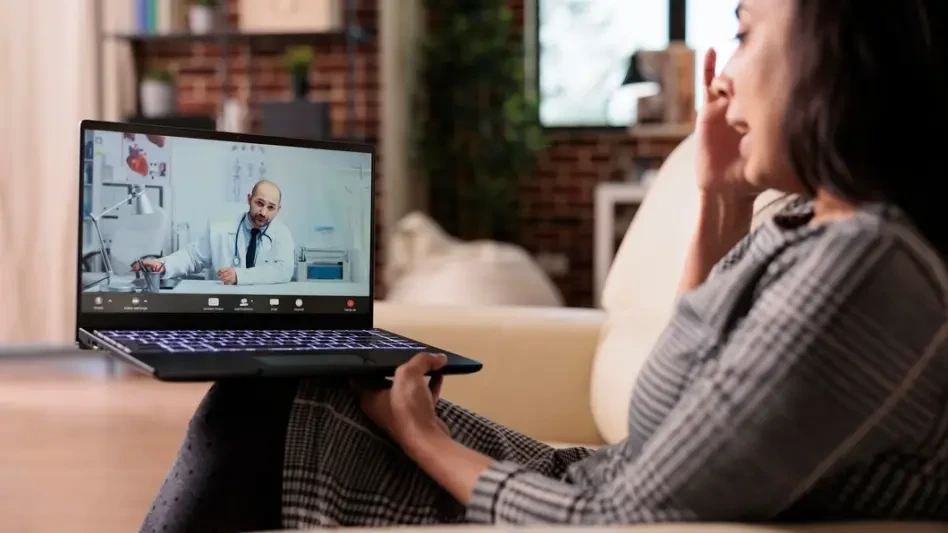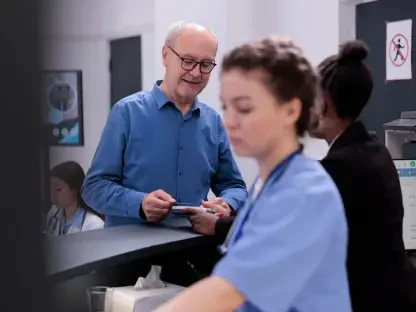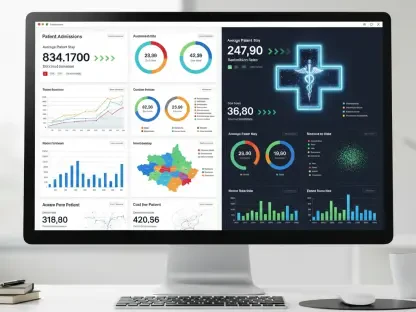I’m thrilled to sit down with Faisal Zain, a renowned expert in healthcare technology with a deep background in medical device manufacturing for diagnostics and treatment. His insights into the evolving landscape of telehealth and medical innovation are invaluable, especially as virtual care platforms redefine patient access and treatment. Today, we’ll explore how strategic partnerships are shaping primary care, the importance of a comprehensive approach to health management, and the role of trust and independence in telehealth. We’ll also dive into the challenges and opportunities surrounding chronic condition care and regulatory scrutiny in this space.
How did your journey in healthcare technology lead to insights on partnerships like the one between virtual care platforms and pharmaceutical giants?
My career in healthcare technology, particularly in medical device manufacturing, has given me a front-row seat to the intersection of innovation and patient care. Over the years, I’ve seen how collaborations between tech-driven platforms and large pharmaceutical companies can bridge gaps in access to care. These partnerships, when done right, combine cutting-edge technology with deep clinical expertise to deliver solutions that are more than just transactional—they’re transformative. My work has always focused on ensuring that tech serves the patient first, and that perspective shapes how I view these alliances as opportunities to enhance primary care delivery on a massive scale.
What do you see as the key factors that make a virtual care provider stand out in today’s competitive landscape?
It’s all about relationships and continuity. Virtual care providers that prioritize long-term connections with patients—where someone can see the same doctor over time—create a level of trust and understanding that’s hard to replicate in fragmented systems. When patients return to the same provider for follow-ups, it builds a comprehensive picture of their health, which is critical for effective treatment. This approach contrasts with platforms that focus on quick, one-off consultations for specific issues. The data backs this up—high patient retention with the same provider often correlates with better outcomes and satisfaction.
Why do you think a holistic approach to primary care is becoming more critical in modern healthcare?
Healthcare today often gets siloed—patients see different providers for different conditions like diabetes or weight management, and there’s no one connecting the dots. A holistic approach, where one doctor understands your full health history, lifestyle, and even social factors, is vital for managing multiple conditions effectively. It’s not just about treating symptoms; it’s about prevention, screening, and personalized care plans. Without this, patients can fall through the cracks, facing inconsistent advice or over-treatment for isolated issues, which can be both costly and frustrating.
How can virtual platforms contribute to better management of chronic conditions like diabetes through such collaborations?
Virtual platforms can play a huge role by offering accessible, consistent care for chronic conditions like diabetes. Through strategic collaborations, they provide patients with educational resources, virtual consultations, and tailored support that address both medical and lifestyle needs. For instance, patients with type 1 or type 2 diabetes benefit from ongoing monitoring and guidance that a primary care provider on such a platform can offer. This setup ensures that care isn’t just reactive but proactive, helping patients manage their condition in a way that fits their daily lives while leveraging the reach of larger health networks.
How important is maintaining independence for a telehealth provider when partnering with a major pharmaceutical company?
Independence is non-negotiable. When a telehealth provider partners with a pharmaceutical giant, there’s always a risk of perceived or real influence over clinical decisions. Maintaining a clear separation—where providers aren’t swayed by financial ties or even aware of how a patient accessed their services—protects the integrity of care. This transparency reassures patients and regulators that the focus remains on evidence-based medicine, not on pushing specific products. It’s about building a firewall between business interests and patient care, which is essential for trust.
With recent scrutiny over telehealth practices, especially around certain prescriptions, how can providers rebuild trust with patients and regulators?
Trust comes from consistency and accountability. Telehealth providers need to emphasize longitudinal care—where relationships with patients are built over time—because it shows a commitment to their overall health, not just quick fixes or specific treatments. Addressing regulatory concerns means adhering to strict, evidence-based protocols and being transparent about prescribing practices. Recent warnings from agencies like the FDA highlight the need for telehealth to avoid over-prescribing or misleading claims. Providers can counter this by focusing on comprehensive care models that prioritize patient outcomes over volume, proving their value to both patients and oversight bodies.
What’s your forecast for the future of telehealth in managing chronic conditions through partnerships like these?
I’m optimistic about telehealth’s trajectory, especially in managing chronic conditions through strategic partnerships. Over the next decade, I expect to see even tighter integration between virtual care platforms and broader healthcare ecosystems, creating seamless experiences for patients. These collaborations will likely expand beyond specific conditions like diabetes to encompass a wider range of health needs, driven by data and personalized medicine. The challenge will be balancing innovation with regulation, ensuring that trust remains at the core. If done right, telehealth can become the backbone of primary care, making healthcare more accessible and effective for millions.









